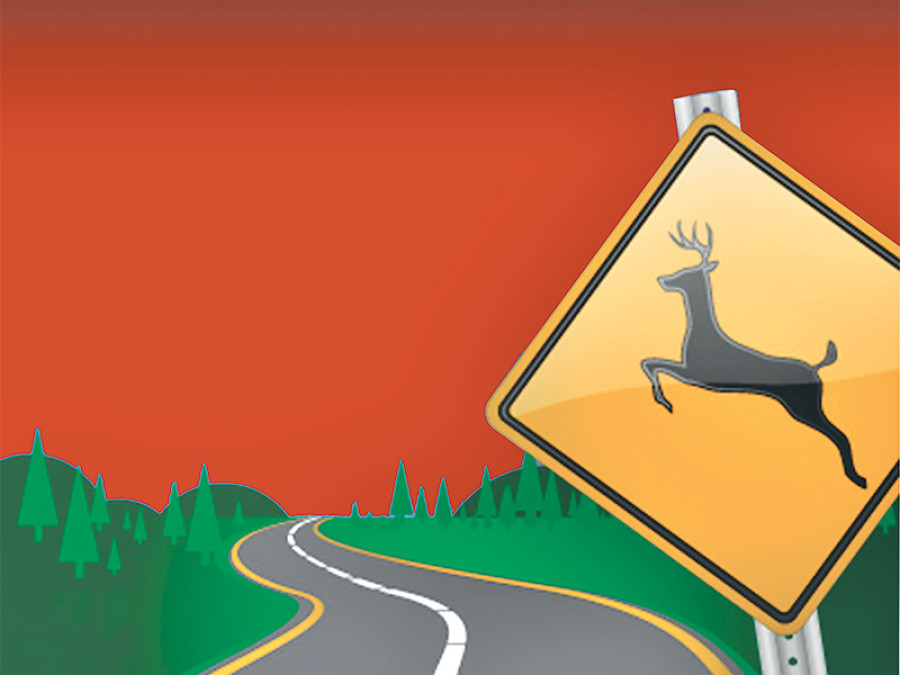National
Wildlife road traffic accidents on rise
Frequent road accidents involving wildlife along the East-West Highway that traverses the protected areas in various places have threatened conservation efforts, in which the country in recent years has made significant strides.
Chandan Kumar Mandal
Frequent road accidents involving wildlife along the East-West Highway that traverses the protected areas in various places have threatened conservation efforts, in which the country in recent years has made significant strides.
The highest number of such accidents within the protected areas was recorded in the Banke National Park (BNP), said Narayan Rupakheti, management officer at the Department of National Parks and Wildlife Conservation (DNPWC), the apex body for the management of protected areas and wildlife conservation.
According to the latest data available with the DNPWC, a total of 69 road accidents involving wildlife were occurred between mid-July 2016 and mid-April 2017 in the BNP, in which a hyena, a wild boar, a spotted dear and a porcupine were killed.
Speeding is the major cause of such accidents, said Dil Bahadur Pun, chief conservation officer at the BNP.
“We are not the authorised body to put speed breakers along the highway, which could have helped in reducing such accidents,” said Pun.
According to the DNPWC data, 38 road accidents involving wild animals took place in the Bardiya National Park area in the same period, in which one tiger, one spotted deer, one wild boar and one deer were killed. An adult male tiger died when it was hit by a bus along Karnali-Amreni section in Bardiya in December.
Protected areas in Nepal include nine national parks, three wildlife reserves, one heritage reserve, three conservation areas and 11 buffer zones covering a total area of 28,959.67 square kilometres—nearly 20 percent of the country’s land area.
The increase in road accidents is yet another example of human-wildlife conflict, which is one of the main threats to the continued survival of many species in different parts of the world, and is also a significant threat to local human populations.
According to Pun, most of the accidents involving wildlife occur during summer when animals’ movement increases in search of water.
“Such road accidents mostly kill small mammals like mongoose, snakes and Indian bull frog, but there have been instances in which big wild animals were involved, and even killed,” said Rupakheti.
At least nine wild animals were killed when they were hit by vehicles in the Barandabhar forest area along the highway in the Chitwan National Park area between February and March this year. All of them were deer.
“We don’t have wildlife-friendly highways. We need underpasses along the highways, especially in the areas where they traverse the protected areas,” suggested Rupakheti.
Measures like installing CCTV cameras to control such accidents and book the offenders in case of crashes have failed to yield results.
- Construction of underpasses along the highways in the areas where they traverse through protected areas
- Signs to warn motorists of the possibility of wildlife on the highway, especially in the areas where deer frequently move around
- CCTV cameras which can capture footages in case of accidents
- Prompt action against the offenders




 4.91°C Kathmandu
4.91°C Kathmandu







%20(1).jpg&w=300&height=200)






